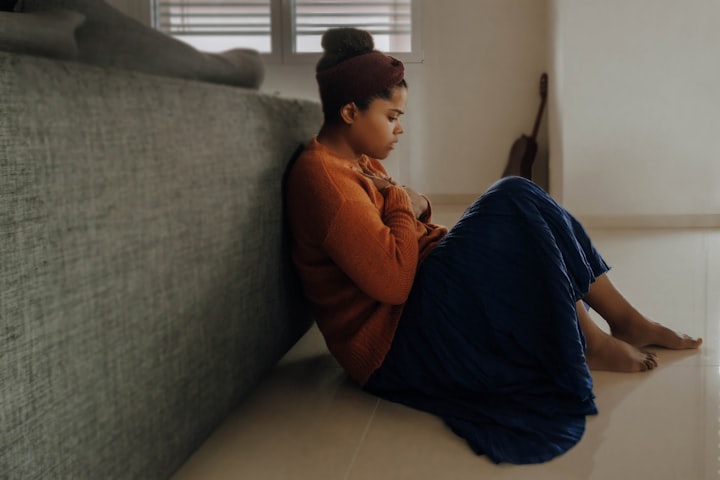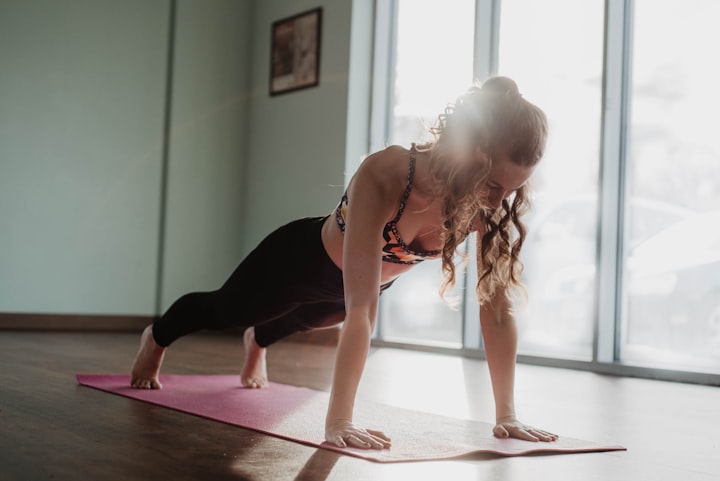Strategies to beat anxiety - learning to relax
Dealing with unnecessary anxiety is something you can train yourself to overcome, I've found. Like many other skills it's possible to train yourself to relax. Being able to relax yourself under stress not only makes you feel better, it helps you deal with difficult situations more effectively.

When I was a child and a teenager, I often had problems with anxiety. The sense of tension and heightened awareness, which may be experienced when an unexpected loud noise is heard nearby, was a constant companion of mine. With a conscious effort, however, I was able to overcome this problem and now rarely experience this type of anxiety. Here's how I did it.
The relaxation training technique
This technique is quite well known and has a number of different forms. It involves training yourself to relax. Like learning to play tennis, a musical instrument, or cook you will become better at it as you do it more. Undertake practice sessions as follows.
First find a comfortable place to lie down. Switch off all the lights. You can put on some gentle music if you like, but it works just as well in silence. Lie down on your back with your eyes closed and your hands resting on your stomach.
Take a slow deep breath in, hold it for a second, then release it. Then do the same again, then again, until you are breathing this way constantly. Clear your mind of all outside thoughts and stimulation. If anything comes into your mind, breath in, hold, then let blow that thought gently away as you exhale.
Now concentrate on your mouth and jaw. Feel the muscles around your jawbone, then slowly relax them. Let your mouth fall open slightly if necessary. With each breath out, feel the tension in your jaw dissipating.
Next, concentrate on your tongue. If it is pressed against the top of your mouth or your teeth, let it fall loose in your mouth.
Now move up to your brow. Is it tight, with your eyebrows pushed together? Let the tension flow out of it with each breath until it is completely loose.
Your whole face should be relaxed by this stage. If it's not, go back to the start and keep going until it is. Once you're sure it's relaxed, move down to your hands.
If your hands are gripped tightly, let them loose until your fingers are resting gently on your stomach. Concentrate on any tension in your hands and let it flow out of them with each breath. The hands are a very important part of the process, so spend some time breathing in and out, making sure they're completely relaxed.
When you're happy that your hands are relaxed, move onto your wrists, then your arms, then your shoulders, then your neck. Spend time on each, making sure each part is relaxed before moving onto the next part.
After your arms are relaxed, move onto your feet. If your feet are arched or curled over, let the tension flow out of them. Feel them becoming more and more loose with each breath you take until they are light and distant from you. When your feet are relaxed, work your way up your legs, from your ankles, to your calves to your knees, to your thighs and finally onto your buttocks.
By this stage you should be feeling pretty relaxed, but you may have a few more stress points. Are your stomach muscles loose, or are they pulled tight? Concentrate, breath in and out and let them go. Your lower back may also still need some relaxation.
If something happens to ruin your relaxed state, even early on in the session, don't worry. It's not a race to get to the finish, and even if you don't complete it during the first few tries, it's okay. Keep practising, and your body will soon start to respond more easily to your calls for it to relax.
After a time, you should be able to trigger the entire relaxation process just by concentrating on relaxing your jaw, your tongue and your hands. Your body will have become so used to what comes next, that it will relax the rest of you virtually on auto-pilot.
Once you have tried this a few times in the ideal environment of lying down in a dark room, start attempting it in more challenging places. First, you might want to try in front of the TV, but later you should attempt total relaxation in public places. Sitting on a train, in a movie theatre or on a park bench are good choices. Try it out with your eyes closed and then later with your eyes open.
When you master this technique, you should find as I did, that it helps you greatly to overcome anxiety - even in quite stressful situations. As soon as you begin to feel anxious about something, simply concentrate on relaxing your jaw, your tongue, and your hands - and let your body do the rest.






Comments
There are no comments for this story
Be the first to respond and start the conversation.